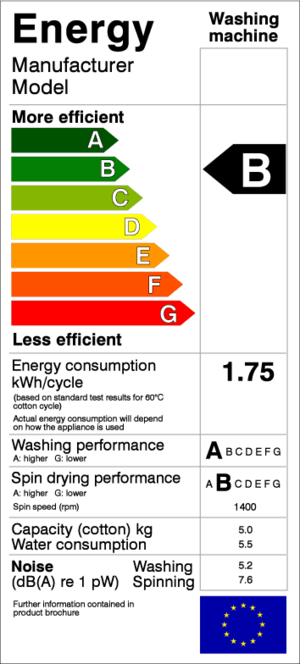
- Image via Wikipedia
A new assessment of future scenarios that limit the extent of global warming cautions that unless current imbalances in R&D portfolios for the development of new, efficient, and clean energy technologies are redressed, greenhouse gas (GHG) emission reduction targets are unlikely to be met, or met only at considerable costs.
The study identifies energy efficiency as the single most important option for achieving significant and long-term reductions in GHG emissions, accounting for up to 50 percent of the reduction potential across the wide range of scenarios analyzed. However, investment in energy efficiency R&D has typically been less than 10 percent of the overall public sector R&D budget in the countries of the International Energy Agency (IEA). Conversely, although nuclear energy accounts for less than 10 percent of the GHG emission reduction potentials across all scenarios, it has received some 50 percent of the total public investment in energy technology R&D.
The analysis, conducted by Drs’ Arnulf Grubler and Keywan Riahi from the International Institute for Applied Systems Analysis (IIASA), Austria, and published in the inaugural issue of the journal Carbon Management, compared historical and current government spending on R&D by the 28 member countries of the International Energy Agency, with a “needs”-based analysis of the technologies required to achieve long-term climate stabilization. The assessment is based on the analysis of a wide range of scenarios of future technology deployment rates under a range of future uncertainties and climate constraints.
“Current investments in energy technology R&D by the public sector, in all industrialized countries, are heavily biased in favor of nuclear energy, to the detriment of energy efficiency research,” says IIASA energy expert, Dr Keywan Riahi. “Given their respective importance for future climate mitigation this is a significant imbalance. Based on current investments, we estimate that a five-fold increase in investment in energy efficiency is needed to address this imbalance. Importantly, if the current rate and allocation of investment in energy R&D is maintained there is a high chance that technology development will be insufficient to meet stringent GHG reduction targets.”









